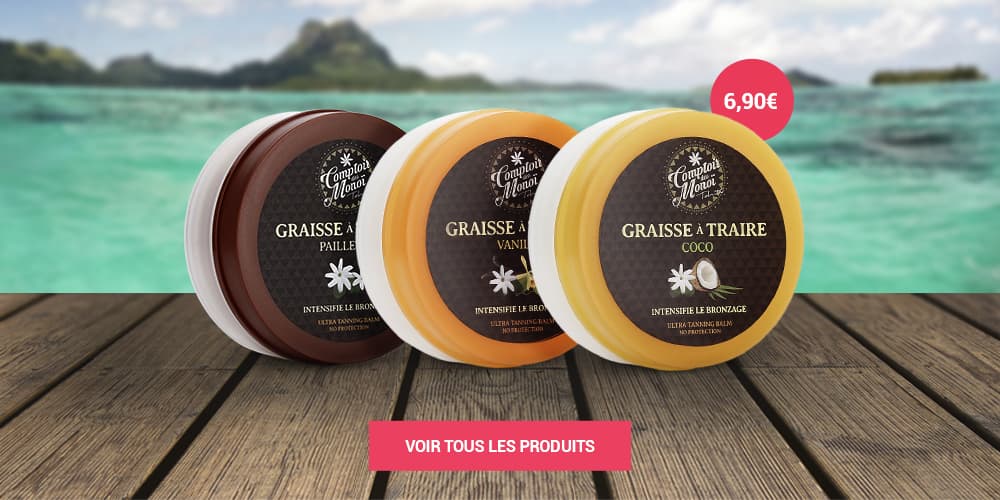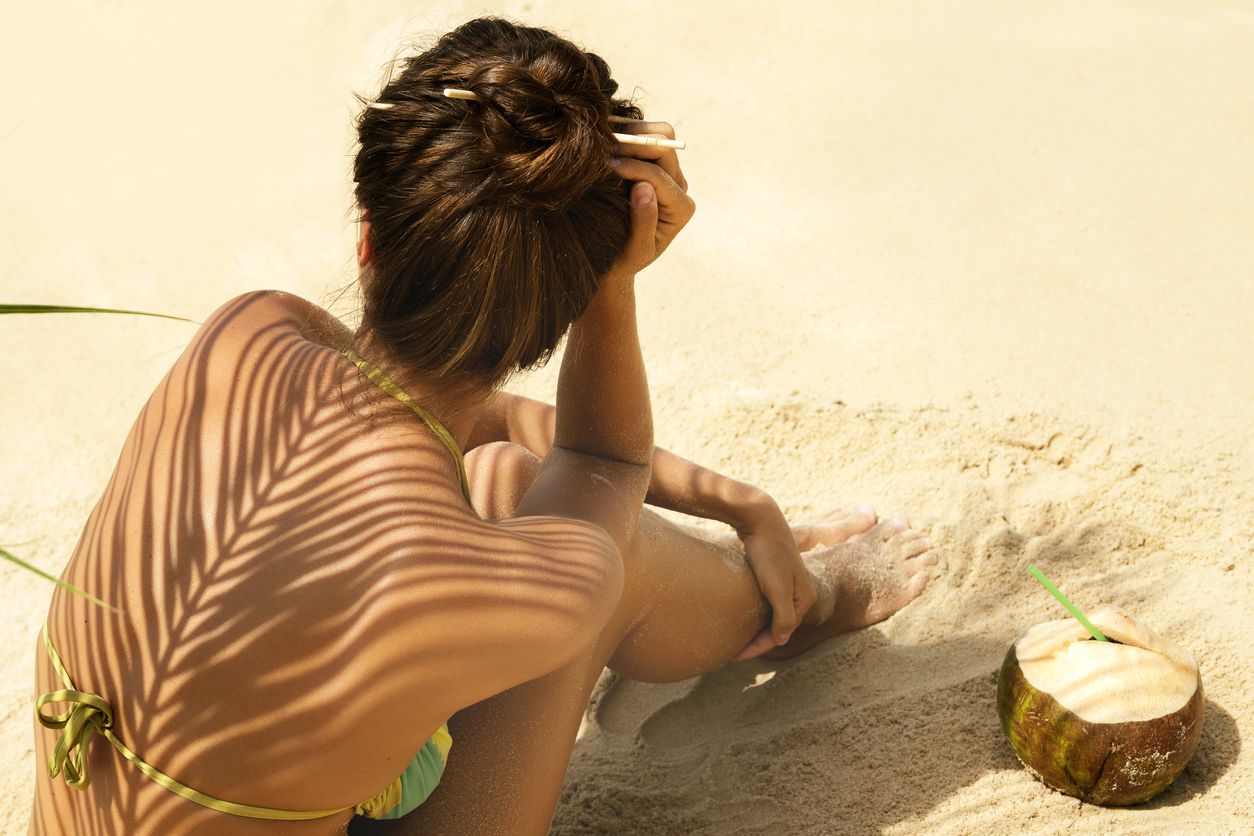The return of the sun heralds a vacation and, above all, a healthy, glowing complexion. Gone are the days of dull, pale skin, replaced by a golden tan. In the stores, we're moving away from cold-weather products to sun creams, monoi oils and other tanning products! One of the most popular summer products is the famous milking grease. This tanning product, renowned for its ability to accelerate skin tanning, remains controversial, however. Is it harmful to health? What precautions should be taken? Are there any alternatives? We lift the veil on milking grease and its secrets.
What is milking fat?
As its name suggests, the milking grease is a product regularly used by breeders. Its role is to facilitate milking without causing injury to the cow's or goat's udder. Milking grease is a protective ointment mainly made from mineral oils. It prevents cracks and chapping during the milking process.

Milking grease is made from coconut oil or other vegetable oil, mixed with kerosene, the latter being even greasier than the former! Some commercially available products may be enhanced with antioxidants, vitamin E (a natural preservative) and, of course, monoi, for a vacation fragrance.
As a fatty substance, it moisturizes and protects the skin. In fact, farmers use it as a daily product to protect their hands, which are constantly in contact with cold and water. Milking grease then becomes an economical daily ointment, providing a natural barrier against external aggression. Many swimmers also use it to protect their skin from chlorine in swimming pools.
For several years now, milking grease has been used as a base for many cosmetic products. Even the biggest brands of moisturizers and beauty products use it. It can also be found over the counter, notably in the summer beauty products aisle to speed up tanning.
Milking grease for tanning: a bad idea?
While tanned skin used to be a sign of poverty, since the 20th century, the more intense the tan, the more it has become a criterion of beauty. All means are good to obtain a golden skin, and this, as soon as the first rays of the sun point the tip of their nose. To achieve a healthy glow more quickly, many people don't hesitate to use tan-accelerating products.
Milking grease is one of our favorite products for faster tanning. As a fatty substance, it allows the sun's rays to reverberate on the skin. This is known as the "magnifying glass effect". UV rays penetrate the epidermis much more quickly, resulting in faster, more intense skin coloration.
Thanks to its success, many summer holidaymakers apply milking grease on the beach or around swimming pools. Its fast-acting properties mean that the results can be seen after just a few hours' exposure to the sun. However, with UV rays and sometimes sand or chlorine, it can also dry out the skin, especially as it offers no protection against UVA and UVB absorption. Ideally, however, it should be applied as an after-sun lotion to clean, dry skin to moisturize it.
The dangers of milking grease
It's important to remember that unprotected exposure to the sun is absolutely inadvisable, especially during the hottest hours of the day (between midday and 4 p.m.). Moreover, milking grease exacerbates the consequences of repeated exposure to the sun. It offers no protection and contributes to skin ageing up to eight times faster! In fact, it's totally unadvisable for white, fragile skin or children's skin.
Simply put, exposure to the sun coated with milking grease causes lasting damage to the skin. Exposure to the sun coated with milking grease can lead to burns, wrinkles, age spots and even pimples. If you're predisposed, milking grease can also lead to melanoma, better known as skin cancer. In other words, milking grease makes your skin burn, but not tan.
Instead, use it as a hair mask for dry or brittle hair, or to soften dead, rough skin on the feet.

Milking fat substitutes
Some manufacturers offer milking grease with a protection factor. According to several dermatologists, it's already complicated to make sunscreen with a high level of protection. How can you add UV protection to a fat?
So how do you get a faster tan without resorting to milking grease? The first, quickest and least dangerous solution is to use self-tanner. With a few sprays, you'll have a sun-kissed complexion all year round. Some even come with a sun filter, and you can choose them according to your original skin color. A few tips for use:
- Apply lightly to dry areas
- Choose self-tanners according to the part of the body concerned: for the face on the one hand, and for the rest of the body on the other
- Avoid using a shade that is too dark, which will create sharp, unattractive lines.
- Spread your self-tanner well to avoid marks, especially in the creases of the face and body
Another 100% natural tip: soak a cotton pad in infused black tea (or use the infused tea bag) and run it over your skin to obtain a tanned effect after a few uses. In fact, the tannin contained in tea has the ability to dye various surfaces (cups, teapots, linen, etc.). On the skin, the effect is the same.
You can also tan naturally using conventional sun creams. Remember, the higher the UV index, the better protected you are. But that doesn't stop your skin from tanning!

 en
en 










